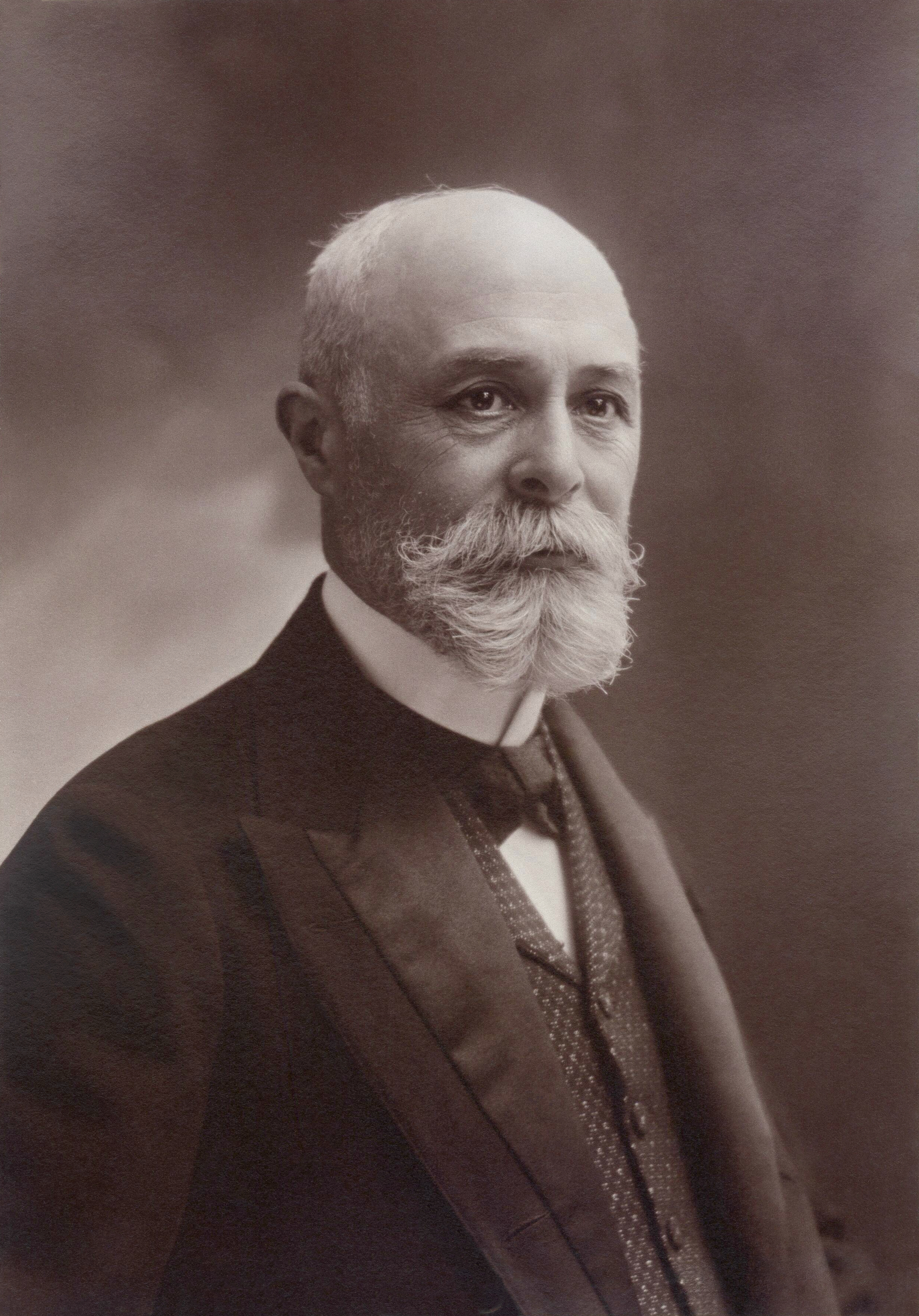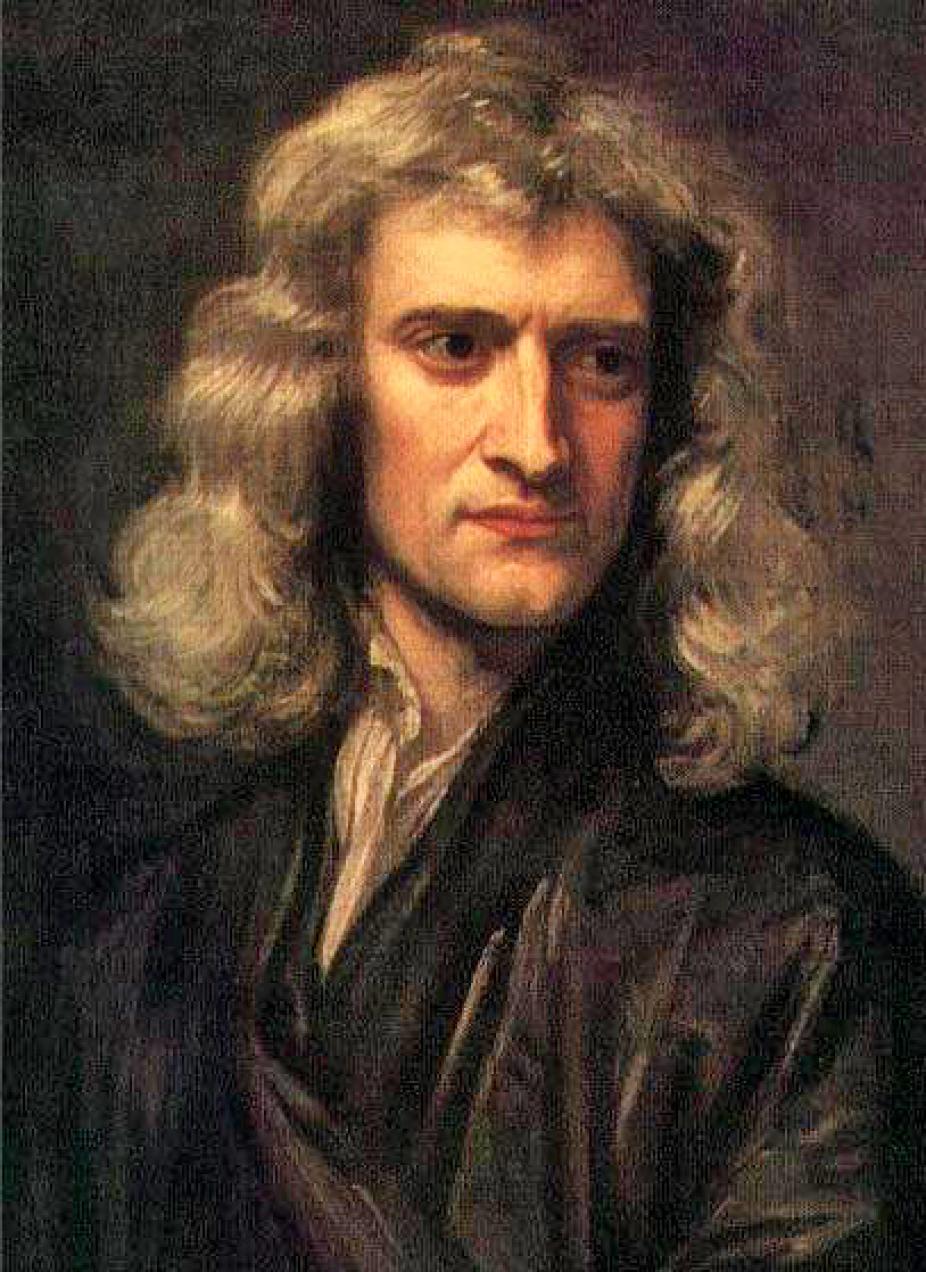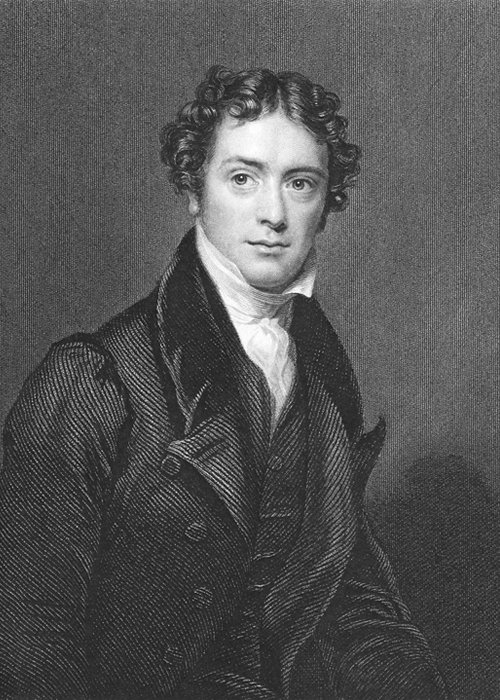
Call Now! :+254 726 126 859 | +254 739 289 008
Luminary Physicists and Mathematicians
Albert Einstein
Introduction
Albert Einstein (1879–1955) was a German-born theoretical physicist renowned for developing the theories of relativity, which revolutionized our understanding of space, time, and gravity. His contributions to quantum mechanics, statistical physics, and cosmology have had a lasting impact on modern science.

Early Life and Education
Albert Einstein was born on March 14, 1879, in Ulm, Germany, to a Jewish family. As a child, he showed an early fascination with mathematics and science. However, he struggled with the rigid structure of the German education system.
In 1895, Einstein failed the entrance exam to the Swiss Federal Polytechnic School (ETH Zurich) but later passed on his second attempt in 1896. He graduated in 1900 with a degree in physics and mathematics but struggled to find a teaching position. In 1902, he secured a job as a clerk at the Swiss Patent Office in Bern, where he had time to develop his scientific theories.
Scientific Achievements
1. The Miracle Year (1905)
In 1905, often called Einstein’s “Annus Mirabilis” (Miracle Year), he published four groundbreaking papers that changed physics forever:
- Special Theory of Relativity – Introduced the concept that time and space are relative, leading to the famous equation E = mc² (energy equals mass times the speed of light squared).
- Photoelectric Effect – Explained how light behaves as both a particle and a wave, laying the foundation for quantum mechanics. This work won him the Nobel Prize in Physics in 1921.
- Brownian Motion – Provided mathematical proof for the existence of atoms by explaining the random movement of particles in a liquid.
- Mass-Energy Equivalence – Demonstrated that a small amount of mass could be converted into a large amount of energy, a concept later used in nuclear energy.
2. General Theory of Relativity (1915)
In 1915, Einstein introduced the General Theory of Relativity, which described gravity as the bending of spacetime by massive objects. This theory was confirmed in 1919 when British astronomer Sir Arthur Eddington observed the bending of starlight during a solar eclipse.
3. Quantum Mechanics and the Einstein-Podolsky-Rosen (EPR) Paradox
Although Einstein contributed significantly to quantum mechanics, he was skeptical of some of its interpretations. In 1935, he co-authored the EPR Paradox, which questioned quantum entanglement, a phenomenon that is now crucial to modern physics.
4. Later Years and the Atomic Bomb
In 1933, Einstein fled Nazi Germany and moved to the United States, joining Princeton University. In 1939, he signed a letter to President Franklin D. Roosevelt, warning that Germany might develop nuclear weapons. This led to the Manhattan Project, though Einstein himself was not directly involved in building the bomb.
Later Life and Legacy
After World War II, Einstein became an advocate for nuclear disarmament, world peace, and civil rights. He declined an offer to become the President of Israel in 1952 and continued his research until his death on April 18, 1955, in Princeton, New Jersey.
Impact on Science and Technology
Einstein’s work continues to influence various fields, including:
- Modern GPS technology, which relies on relativity to ensure accuracy.
- Space exploration and black hole research, supported by his theories.
- Quantum computing and cryptography, based on principles he helped establish.
Conclusion
Albert Einstein was not only a scientific genius but also a humanitarian and advocate for peace. His theories remain fundamental to physics, shaping our understanding of the universe and leading to technological advancements that benefit society today
Henri Becquerel was a French physicist who is best known for his discovery of radioactivity. This groundbreaking discovery earned him the Nobel Prize in Physics in 1903, which he shared with Marie Curie and Pierre Curie.

Key Contributions:
Discovery of Radioactivity (1896):
Becquerel was studying phosphorescence in uranium salts and their ability to emit light after exposure to sunlight. During his experiments, he accidentally discovered that uranium compounds could emit radiation spontaneously, without any external energy source like sunlight.This radiation could expose photographic plates, even if the uranium was wrapped in black paper. This observation led him to conclude that the emission was a new, unknown type of radiation — what we now call radioactivity.
The Path to Discovery:
- Inspired by Wilhelm Roentgen’s discovery of X-rays in 1895, Becquerel hypothesized that phosphorescent materials, such as uranium salts, might emit similar rays.
- He placed uranium salts on a photographic plate wrapped in black paper and left them in sunlight.
- Due to cloudy weather, he stored the experimental setup in a dark drawer but later found that the photographic plate was still exposed.
- This proved that uranium emitted radiation spontaneously, without any need for external light or energy.
Impact on Science:
Becquerel’s discovery of radioactivity laid the foundation for:
- Nuclear physics and the study of radioactive elements.
- The work of the Curies, who discovered polonium and radium.
- The development of technologies such as nuclear power, medical imaging, and cancer treatments using radiation.
Legacy:
- The unit of radioactivity, the becquerel (Bq), is named in his honor.
- 1 Bq = 1 decay per second, representing the rate at which a radioactive substance undergoes decay.
Henri Becquerel’s contributions changed our understanding of atomic and nuclear science, making him one of the pioneers of modern physics.
Isaac Newton (1642–1727) was an English mathematician, physicist, astronomer, and one of the most influential scientists in history. He played a critical role in the development of modern science through his groundbreaking discoveries and theories. Below is a summary of his key contributions and achievements:

Early Life
- Born: January 4, 1643 (December 25, 1642, Old Style calendar) in Woolsthorpe, England.
- He was a premature child, and his father died before he was born. His mother remarried, leaving him to be raised by his grandparents.
- He showed an early interest in mechanics and mathematics.
Major Contributions
1. Laws of Motion
Newton formulated the three laws of motion, which form the foundation of classical mechanics:
First Law (Law of Inertia):
An object remains at rest or in uniform motion in a straight line unless acted upon by an external force.Second Law (F = ma):
The force acting on an object is equal to the mass of the object multiplied by its acceleration.Third Law:
For every action, there is an equal and opposite reaction.
2. Universal Law of Gravitation
- Newton proposed that every mass attracts every other mass in the universe with a force proportional to the product of their masses and inversely proportional to the square of the distance between them.
- This law explained the motion of planets and celestial bodies, laying the foundation for modern astrophysics.
3. Calculus
- Newton, along with German mathematician Gottfried Wilhelm Leibniz, developed calculus, a branch of mathematics essential for understanding changes and motion.
- He referred to it as “the method of fluxions.”
4. Optics
- Newton made significant contributions to the study of light and color.
- He demonstrated that white light is composed of a spectrum of colors by using a prism to split and recombine light.
- He also invented the reflecting telescope, which used mirrors instead of lenses, improving image clarity and reducing chromatic aberration.
5. Philosophiæ Naturalis Principia Mathematica (1687)
- Commonly known as the Principia, this work is considered one of the most important books in the history of science.
- In it, Newton described his laws of motion and gravitation, providing a mathematical framework for understanding the physical world.
6. Alchemy and Theology
- In addition to his scientific work, Newton had a deep interest in alchemy and theology.
- He spent a significant portion of his life studying religious texts and attempting to uncover hidden meanings.
Later Life and Legacy
- Newton served as Warden and later Master of the Royal Mint, where he helped reform England’s currency system.
- He was elected President of the Royal Society in 1703 and was knighted by Queen Anne in 1705, becoming Sir Isaac Newton.
- He died on March 31, 1727, and was buried in Westminster Abbey.
Legacy
- Newton is often considered one of the greatest scientists of all time, whose work laid the foundation for modern physics, astronomy, and mathematics.
- His influence extends far beyond science, shaping the Enlightenment and the scientific revolution.
Famous Quote:
“If I have seen further, it is by standing on the shoulders of giants.”
Sir John Ambrose Fleming FRS
Introduction Sir John Ambrose Fleming (November 29, 1849 – April 18, 1945) was a renowned British electrical engineer and physicist. Recognized as one of the pioneers of modern electronics, he made transformative contributions to the fields of electromagnetism and electrical engineering. His invention of the thermionic valve (vacuum tube) and his formulation of Fleming’s Left-Hand and Right-Hand Rules remain foundational in the history of science and technology.

Early Life and Education Fleming was born in Lancaster, England, and exhibited an early aptitude for science and mathematics. He pursued higher education at University College London, where he studied under some of the leading scientists of his time. Later, he attended the University of Cambridge, where he worked with James Clerk Maxwell, one of the greatest theoretical physicists.
Professional Career Fleming’s career was characterized by groundbreaking work in both theoretical and applied science:
Academic Leadership:
He became the first Professor of Electrical Engineering at University College London, establishing the importance of scientific rigor in engineering education.
Fleming’s teaching and mentorship influenced generations of engineers and physicists.
Collaboration with Pioneers:
Worked with Thomas Edison and other inventors to advance electrical technology.
Contributed significantly to the development of practical electrical devices.
Major Contributions
Invention of the Thermionic Valve (1904):
Also known as the “Fleming Valve,” this device was the first practical rectifier and amplifier of electrical signals.
It enabled the development of radio communications, broadcasting, and other electronic systems.
This invention is considered a cornerstone in the transition from electrical engineering to the field of electronics.
Fleming’s Rules for Electromagnetism:
Left-Hand Rule (for motors): Used to determine the direction of motion (force) in an electric motor.
Thumb: Motion (force)
Forefinger: Magnetic field
Middle finger: Current
Right-Hand Rule (for generators): Used to determine the direction of induced current in a conductor moving through a magnetic field.
Thumb: Motion (conductor movement)
Forefinger: Magnetic field
Middle finger: Induced current
These rules provided intuitive frameworks for understanding and designing devices like motors and generators.
Honors and Recognition
Fellow of the Royal Society (FRS):
Elected for his groundbreaking contributions to science and technology.
Knighthood:
Recognized for his services to electrical engineering and his role in advancing scientific knowledge.
Philosophy and Legacy In addition to his technical achievements, Fleming was a vocal advocate for the harmony between science and religion. He actively participated in Christian apologetics, emphasizing that scientific discovery and faith could coexist.
His work laid the foundation for the rapid technological advancements of the 20th century, influencing industries such as telecommunications, broadcasting, and computing. His inventions and principles remain integral to modern engineering and physics education.
Conclusion Sir John Ambrose Fleming’s life and work represent the perfect blend of theoretical insight and practical innovation. His invention of the thermionic valve and the establishment of Fleming’s Rules have cemented his place as one of the most influential figures in the history of science and engineering. A visionary and a pioneer, Fleming’s legacy continues to inspire the fields of electronics and electromagnetism today.
Early Life and Education
- Born: September 22, 1791, in Newington Butts, England.
- Background: Faraday came from a humble family; his father was a blacksmith.
- Education: Faraday had only basic schooling but was a voracious reader and self-learner. He apprenticed as a bookbinder, which gave him access to a variety of books that fueled his scientific interests.
Scientific Career
Faraday’s career began when he attended lectures by the famous chemist Humphry Davy. Faraday later became Davy’s assistant at the Royal Institution in London, where he conducted much of his groundbreaking work.
Contributions to Science:
-
Electromagnetism:
- Electromagnetic Induction (1831): Faraday discovered that a changing magnetic field can induce an electric current, laying the foundation for the modern electric generator and transformer.
- Faraday’s Law of Induction: Describes how voltage is induced in a coil by a changing magnetic flux.
- Magnetic Fields: Introduced the concept of field lines to represent magnetic forces visually.
-
Electrochemistry:
- Coined terms like anode, cathode, electrode, and ion.
- Discovered the laws of electrolysis, which explain how electric currents interact with chemical compounds.
-
Chemistry:
- Discovered benzene, an important organic compound.
- Developed techniques to liquefy gases.
- Invented an early version of the Bunsen burner.
-
Other Achievements:
- Discovered diamagnetism, the property of some materials to repel magnetic fields.
- Introduced the concept of “lines of force,” which became crucial in the study of electromagnetic fields.
Impact on Technology
Faraday’s work laid the groundwork for technologies like electric motors, generators, and transformers, revolutionizing industries and enabling the modern age of electricity.
Recognition and Legacy
- Faraday declined formal titles, including a knighthood, preferring to remain “plain Mr. Faraday.”
- Despite his lack of mathematical training, Faraday’s experimental skills and intuitive understanding of physical phenomena were extraordinary.
- He inspired scientists like James Clerk Maxwell, who mathematically formalized Faraday’s concepts into the famous Maxwell’s equations.
Personal Life
- Marriage: Faraday married Sarah Barnard in 1821. They had no children but shared a strong and supportive relationship.
- Faith: Faraday was deeply religious, belonging to the Sandemanian Church, which shaped his ethical and humble approach to life.
Death
Michael Faraday passed away on August 25, 1867, in Hampton Court, England. His contributions continue to resonate in physics, chemistry, and engineering.
Fun Fact
Faraday’s image appeared on the British £20 note from 1991 to 2001, a testament to his enduring legacy in science and technology.

